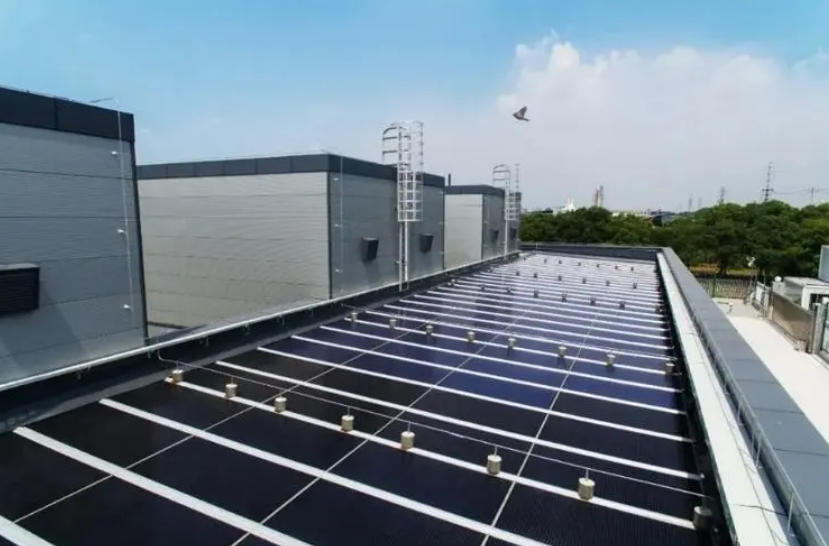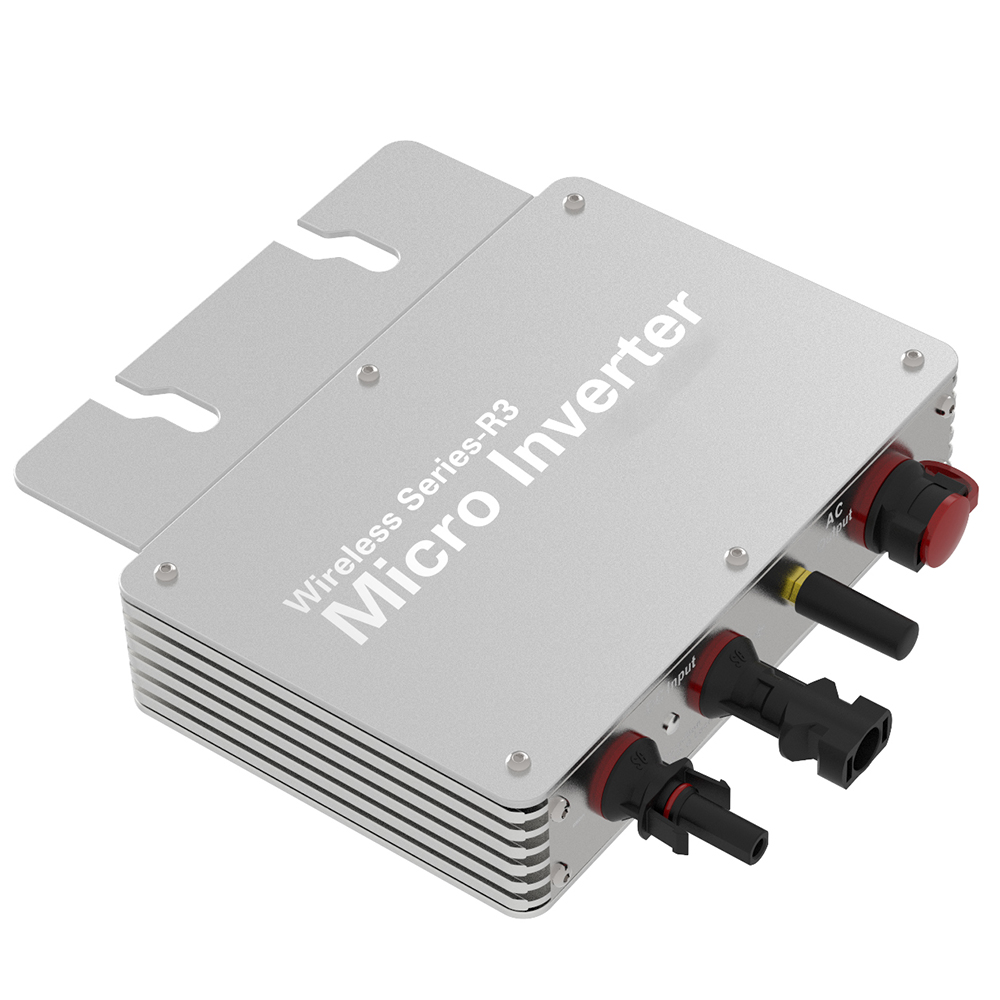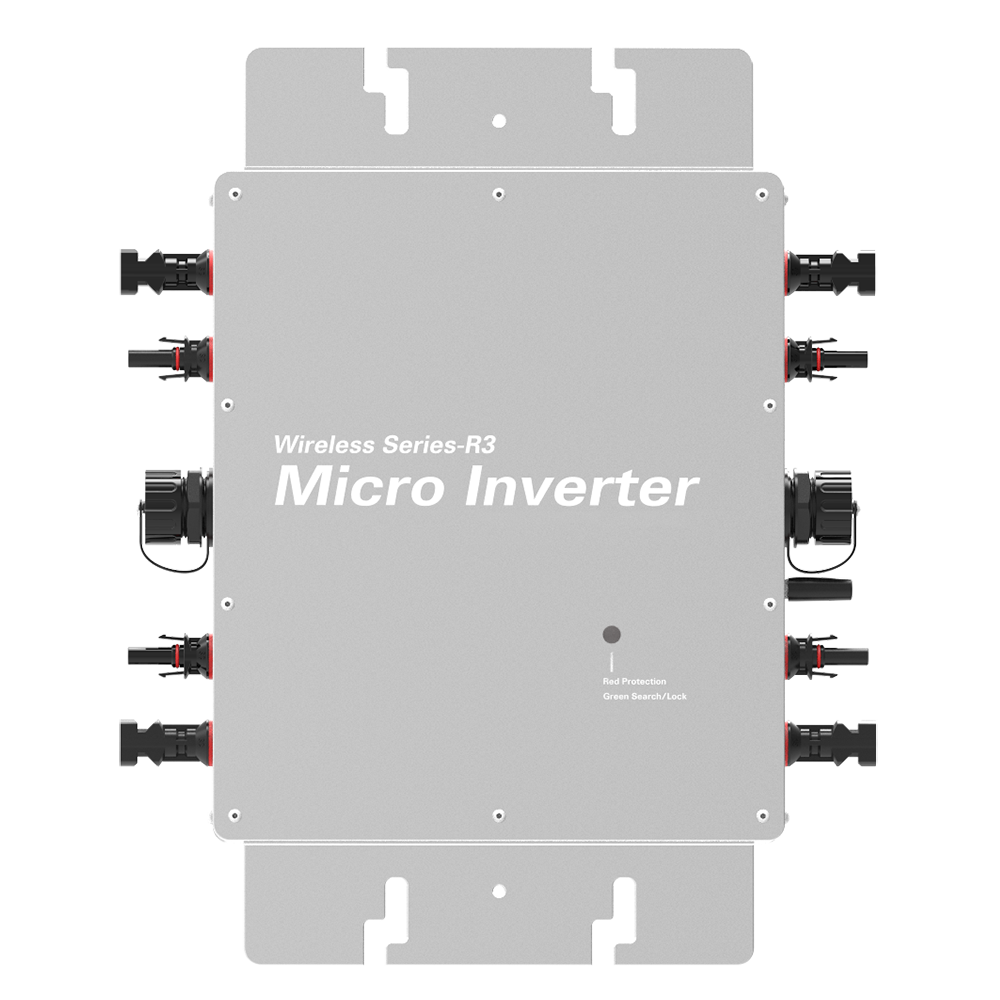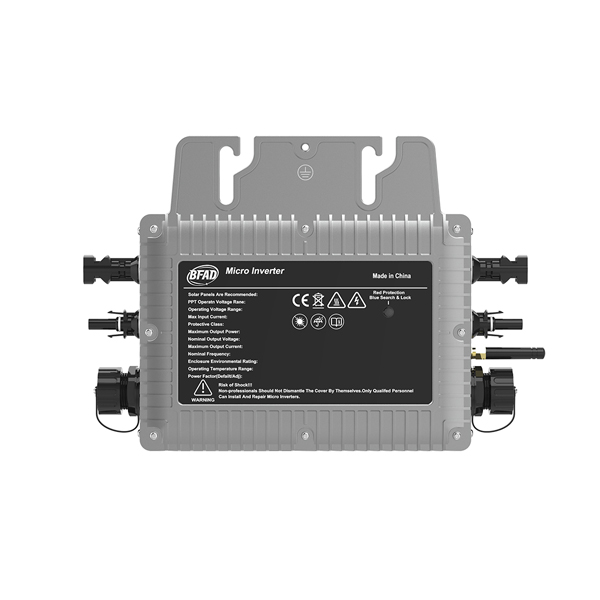
Micro inverter is a common power conversion equipment, mainly used to convert direct current to alternating current. In the process of using a micro inverter, ground protection is very important, which can effectively avoid electrical failures and personal safety problems. Grounding protection mainly includes the following aspects:
First of all, the enclosure of the micro inverter should be grounded, so as to ensure that the enclosure can be switched on in time in the event of an electrical failure, leading the current to the ground and avoiding the danger of electric shock. Usually, the enclosure of the inverter is equipped with a ground screw or ground wire to ensure a good connection to the ground system.
Secondly, the electrical system inside the micro inverter also needs to be grounded. Inside the inverter, a ground wire is usually set up to connect the various circuit boards, components and other components inside the inverter to the grounding system to ensure that the current can be transmitted to the earth in time when an electrical fault occurs.
In addition, the input and output of the micro inverter also need to be grounded. When connecting the DC power supply and AC load, ensure that the input and output ground cables are connected to the grounding system to ensure the safe running of the device.
In addition, for some micro-inverters in special environments, such as humidity, corrosion and other conditions, grounding protection is more important. Waterproof and corrosion-proof ground cables can be used to ensure the reliability of the grounding system.
In general, the ground protection of the micro inverter is an important measure to ensure the normal operation of the equipment and personal safety. When installing and using a micro inverter, pay attention to all aspects of grounding protection to ensure that the grounding cable of the device is properly connected to avoid electrical faults and accidents. Only by grounding protection can we ensure the safe and reliable operation of the micro inverter.



